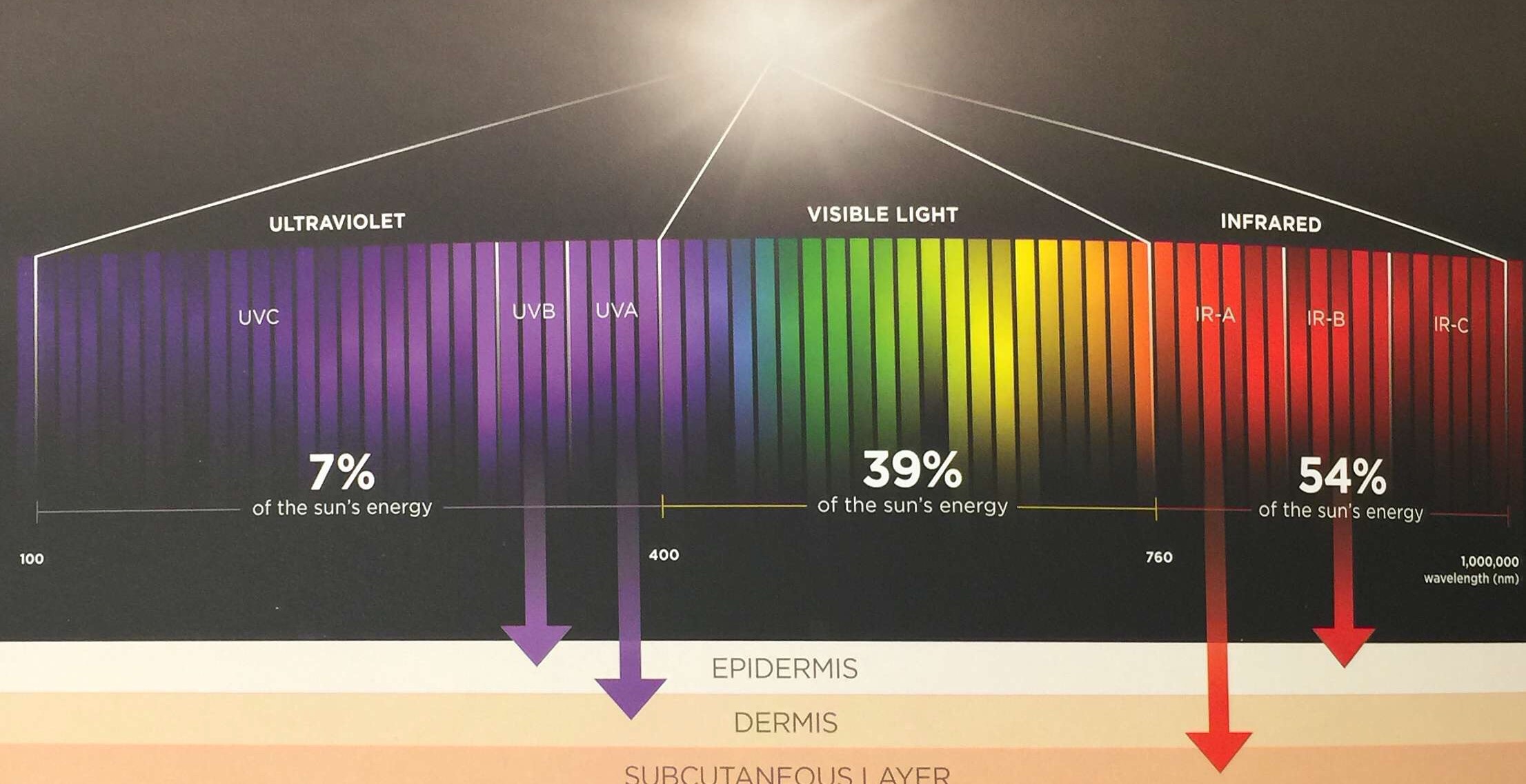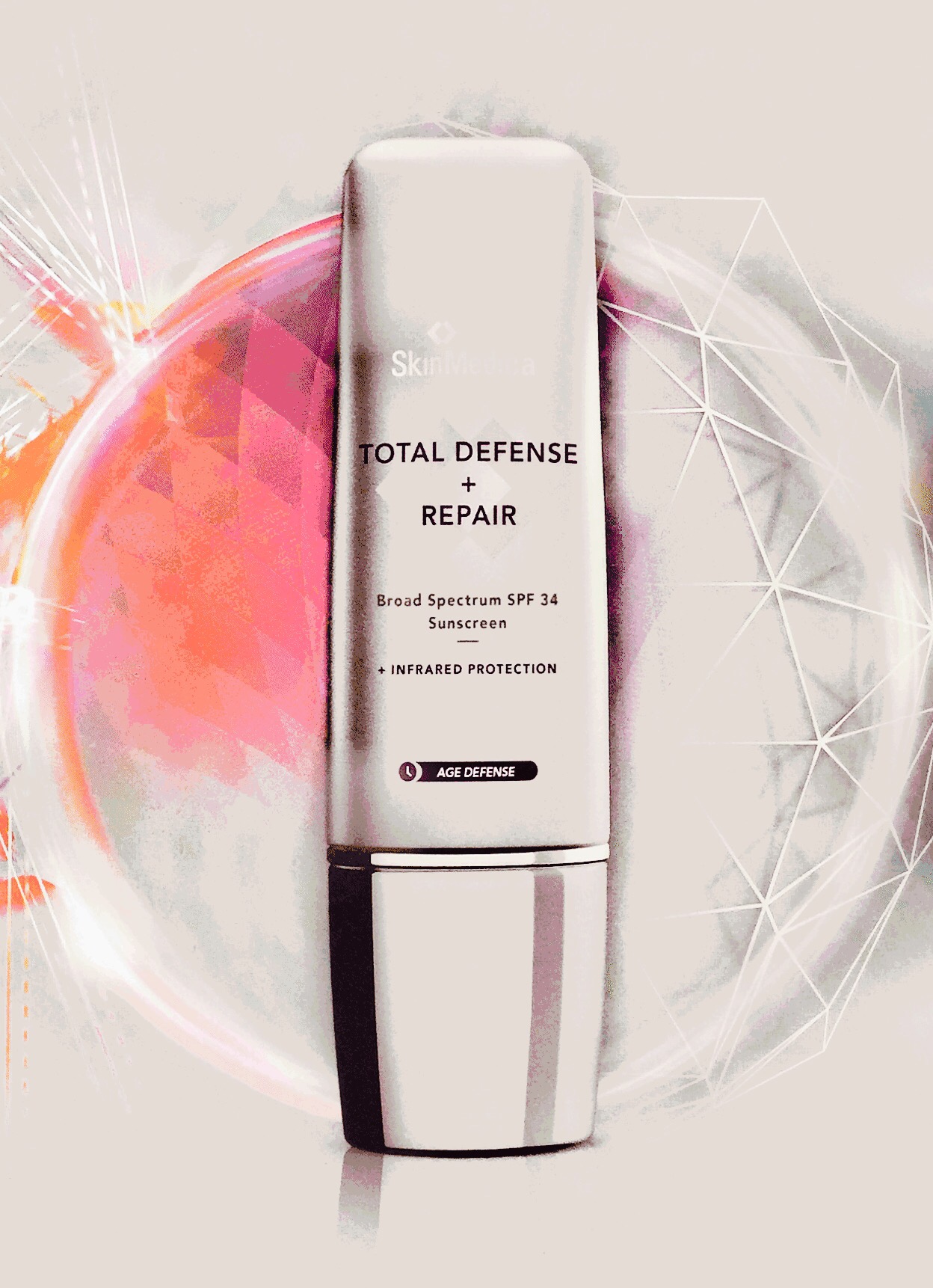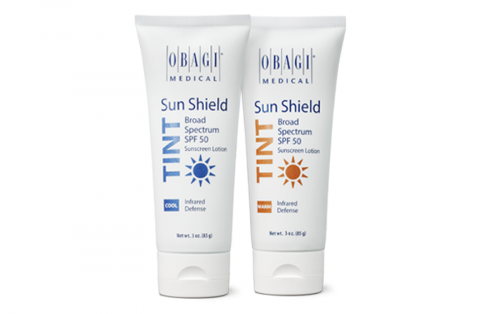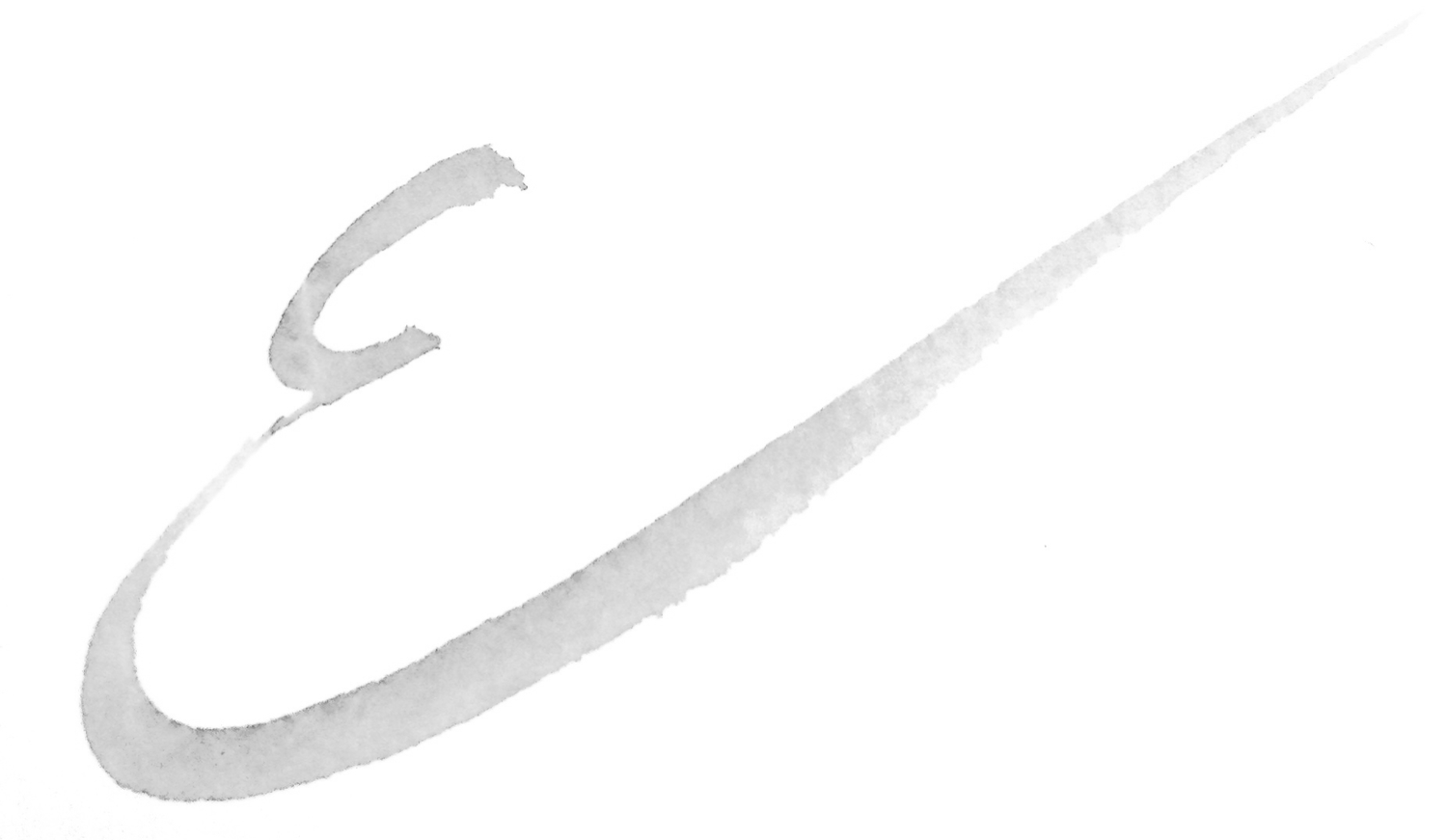Fact: UV isn't the only cause of skin aging from the sun... You need protection from IR, too.
That's right: Just when you thought you had it the whole anti-aging thing down, science is showing we have more than UV radiation to worry about: infrared radiation (IR or IRA)
What is infrared?
IR makes up more than half of the solar spectrum. IR penetrates deeper into the skin than UV rays. -This is a scary thought, because well, deeper in the skin means more damage to the skin. 
"Infrared radiation lies between the visible and microwave portions of the electromagnetic spectrum. Infrared waves have wavelengths longer than (the) visible ... the primary source of infrared radiation is heat or thermal radiation... The higher the temperature, the more the atoms and molecules move and the more infrared radiation they produce."
...According to California Institute of Technology's CoolCosmos.com Read the whole article here
IR manifests itself as heat on the skin, so when you're outside and you're feeling the heat, IR is doing it's evil work on your subcutaneous layers.
So, what does this mean for your skin??
Basically, THIS: (see pic)
IR causes free-radical production deep in the skin, essentially cooking the skin, causing free radicals to form, creating damage, hyperpigmentation, and of course: wrinkles. See my post on Free Radicals here.
What can you do?
It takes anti-oxidants to neutralize damage, along with broad-spectrum sunscreen to protect. A couple of my fave go-to "superscreens" combine the two for you:
SkinMedica's Total Defense + Repair line features cosmetically-elegant superscreens in both tinted and not-tinted versions. I love this one.
 Another newer and fabulous superscreen is Obagi's Sun Shield TINT SPF 50, providing a matte finish and two shades to choose from: Cool and Light.
Another newer and fabulous superscreen is Obagi's Sun Shield TINT SPF 50, providing a matte finish and two shades to choose from: Cool and Light.

These easy-to use IR-defense products are making it easy to protect from UV and IR on a daily basis.
Check them out, give them a try this summer, and until next time: stay fabulous, my friends!



